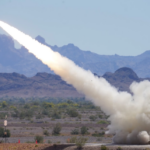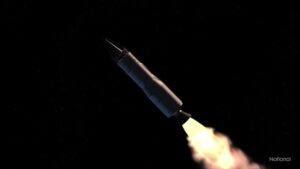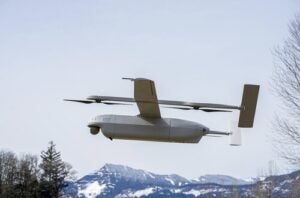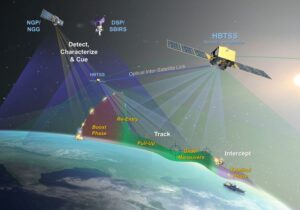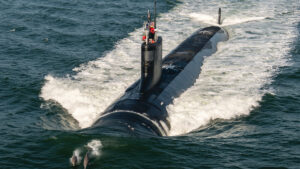
House appropriators on Tuesday released their $833.1 billion fiscal year 2025 defense spending bill, breaking with the House Armed Services Committee and deciding against funding a second Virginia-class submarine while boosting F-35 procurement by eight aircraft. The House Appropriations Defense Subcommittee (HAC-D) will meet on Wednesday to mark up their bill, which adheres to the one percent defense spending cap mandated by last year’s debt limit deal and the Fiscal Responsibility Act. “Every dollar counts within the topline limitation imposed…

 By
By 
